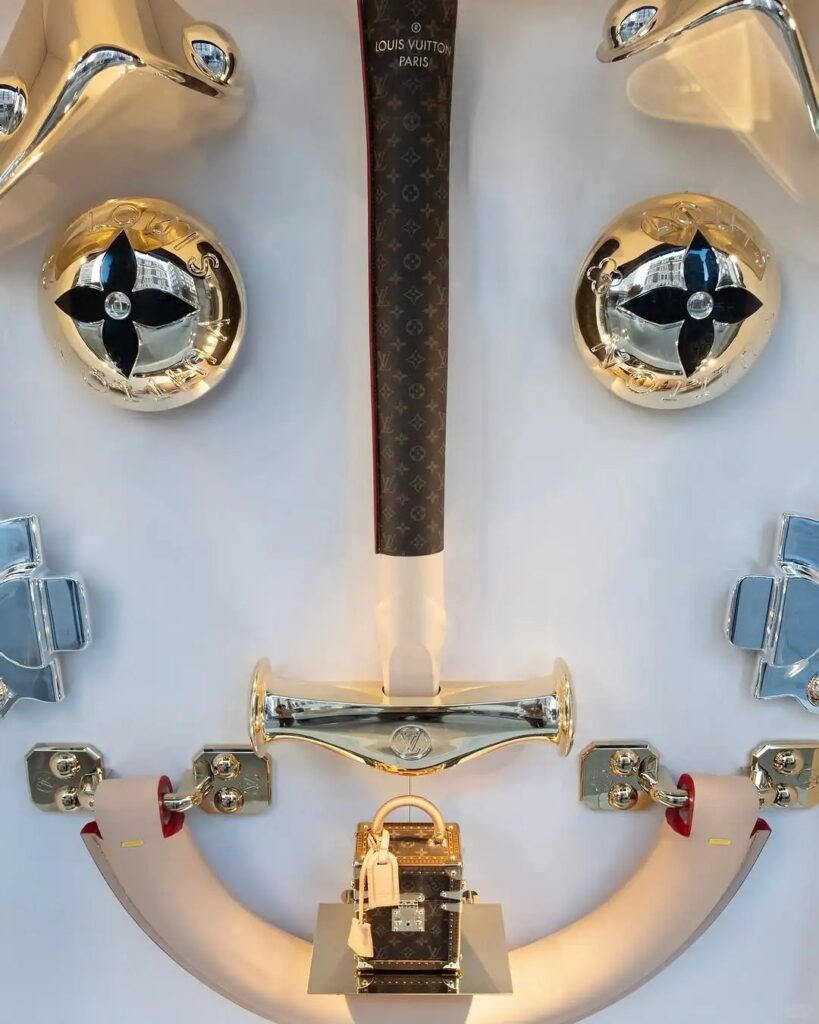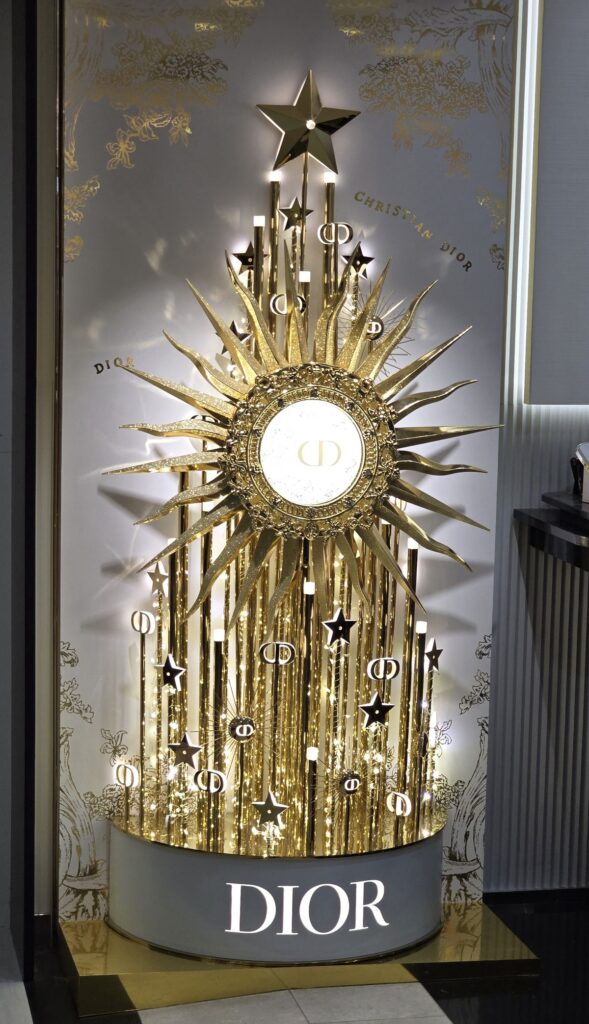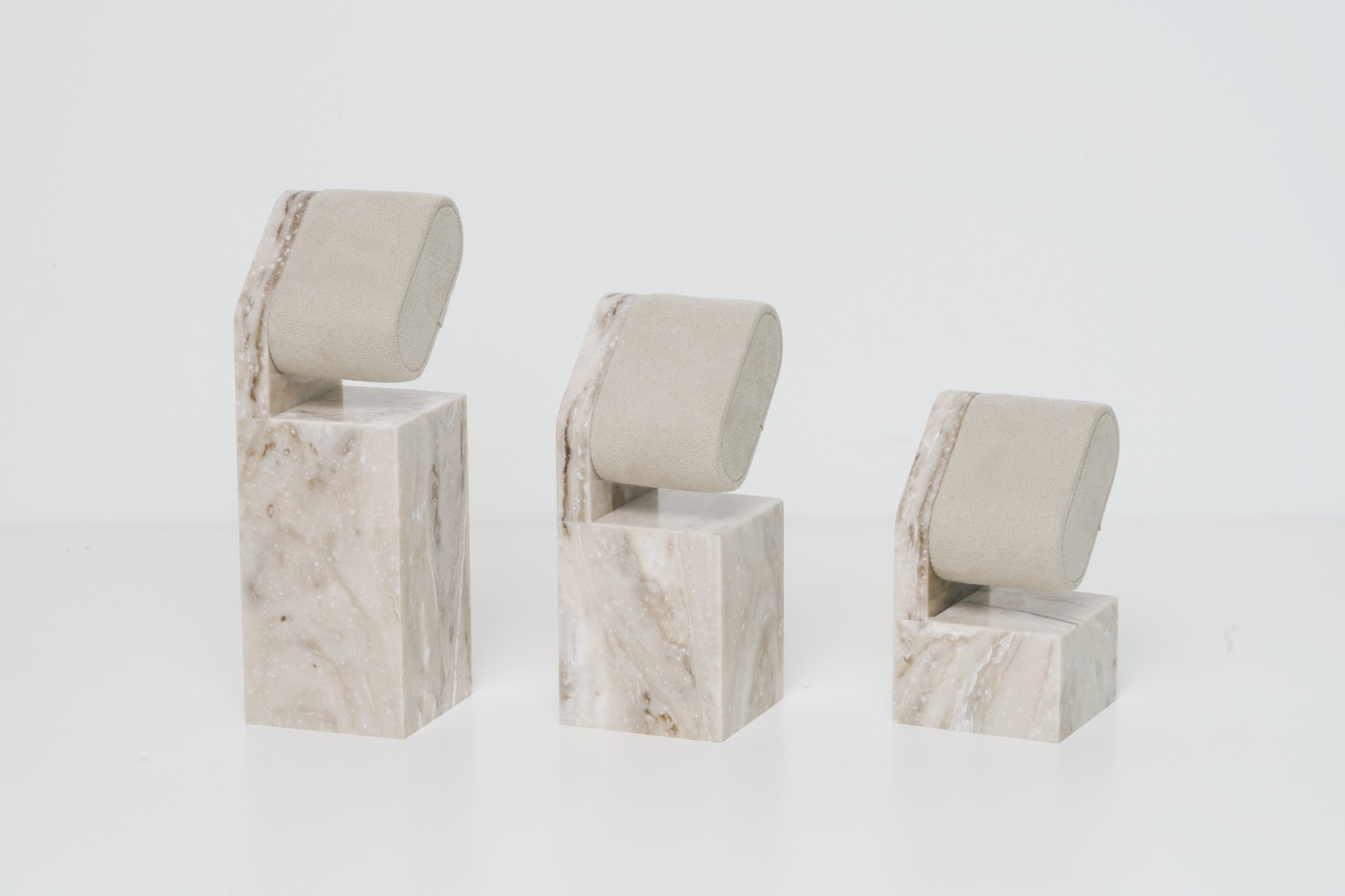How to Choose Between Fiberglass and Resin for Durable, Custom Retail Fixtures
Fiberglass is best for large, durable, weather-resistant retail fixtures, while resin excels at custom, detailed, and cost-effective displays. Choose fiberglass for long-term outdoor use and resin for intricate, budget-friendly indoor displays.
At Samtop, we specialize in helping brands make the right material choice for their custom retail fixtures, ensuring premium quality, efficiency, and design flexibility.
🌍 What is Fiberglass in Retail Fixtures?
Fiberglass is a composite material made by embedding glass fibers in a resin matrix. It's known for its strength, durability, and lightweight nature, making it ideal for retail fixtures that need to endure frequent transportation and heavy use in high-traffic environments.
Key Advantages of Fiberglass for Retail Fixtures:
- Strength and Durability: Fiberglass is extremely strong and resistant to scratches, impacts, and environmental stressors like moisture and UV exposure.
- Weather Resistance: Perfect for outdoor retail displays or long-term installations that need to endure the elements.
- Lightweight for Large Fixtures: Despite its strength, fiberglass is lighter than metals, making it easier to transport and install.
🧪 What is Resin in Retail Fixtures?
Resin is a synthetic material that hardens when mixed with a catalyst. It's highly versatile and can be molded into detailed, customized shapes, making it perfect for creating fine-detail retail fixtures. Resin is often used to create smaller to medium-sized displays, product holders, and interactive props.
Key Advantages of Resin for Retail Fixtures:
- Design Flexibility: Resin can be molded into intricate shapes, logos, and fine details, making it ideal for creating custom designs.
- Smooth, Polished Finish: Resin can achieve a glossy, polished finish that enhances the appearance of luxury retail fixtures.
- Cost-Effective: Resin is more affordable than fiberglass, making it a great choice for brands with a limited budget but still requiring custom high-quality displays.
📝Fiberglass vs Resin Retail Fixtures: Key Factors to Consider
| Factor | Fiberglass | Resin |
|---|---|---|
| Durability & Strength | Extremely durable, ideal for heavy use | More fragile, better for smaller displays |
| Design Flexibility | Limited for intricate designs | Excellent for custom designs & fine details |
| Cost | Higher upfront cost due to manufacturing | More affordable, ideal for budget-conscious brands |
| Environmental Resistance | Highly weather-resistant | Suitable for indoor displays or temporary use |
| Transport & Assembly | Bulkier, requires more effort to assemble | Easier to transport and assemble |
1. Durability and Strength
Fiberglass:
Fiberglass is incredibly strong and impact-resistant, making it ideal for large-scale retail fixtures that will undergo frequent handling and heavy use. It is perfect for displays that need to withstand high-traffic environments or be exposed to harsh weather conditions.
- Best for: Freestanding fixtures, product displays, and outdoor installations that require long-term durability.


Resin:
While resin is durable for smaller to medium-sized displays, it is more fragile compared to fiberglass. Resin fixtures are more prone to scratching, chipping, or cracking when exposed to heavy handling or harsh conditions.
- Best for: Smaller, custom displays that don’t experience heavy impact or outdoor exposure.
Tip:
For high-durability fixtures that need to withstand wear and tear, fiberglass is the better choice, while resin works well for detailed, temporary displays.
2. Design Complexity and Customization
Fiberglass:
Fiberglass can be molded into large, complex shapes, but it may not capture fine details as precisely as resin. However, fiberglass is ideal for creating bold and eye-catching designs, especially for large-scale fixtures that need to make a visual statement.
- Best for: Large, structural displays that need to make a visual statement or support heavy-duty functionality.
Resin:
Resin excels at creating intricate designs and capturing fine details, such as custom logos, small product displays, or decorative elements. It can be molded into custom shapes, making it highly suitable for artistic retail displays.
- Best for: Small-to-medium, detailed custom pieces or decorative props that require precision.
Tip:
If you need detailed logos, intricate designs, or custom branding elements, resin is your best option.
3. Cost Considerations
Fiberglass:
Fiberglass is generally more expensive than resin due to the complexity of the manufacturing process and the materials used. However, the higher upfront cost is justified by the long-term durability and strength of fiberglass, especially for large-scale or outdoor fixtures.
- Best for: Long-term installations or displays that need to last over multiple seasons or events.
Resin:
Resin is more affordable than fiberglass, making it a great option for brands with a limited budget that still want to create custom, high-quality displays. It's especially useful for smaller, temporary fixtures or one-off installations.
- Best for: Custom retail displays with a tight budget or for short-term use.
Tip:
Resin is ideal for budget-friendly, custom designs, while fiberglass is better for long-term durability and larger-scale displays.
4. Ease of Transport and Assembly
Fiberglass:
Fiberglass is lightweight compared to metals but still tends to be bulkier than resin, especially for large-scale displays. The assembly of fiberglass displays can also require more effort, particularly for larger pieces that need to be reinforced during installation.
- Best for: Large fixtures that need long-term durability but can be transported in larger containers.
Resin:
Resin is lightweight and easy to handle, making it ideal for smaller displays. It can be quickly assembled and transported with minimal effort, perfect for one-time setups or temporary displays.


